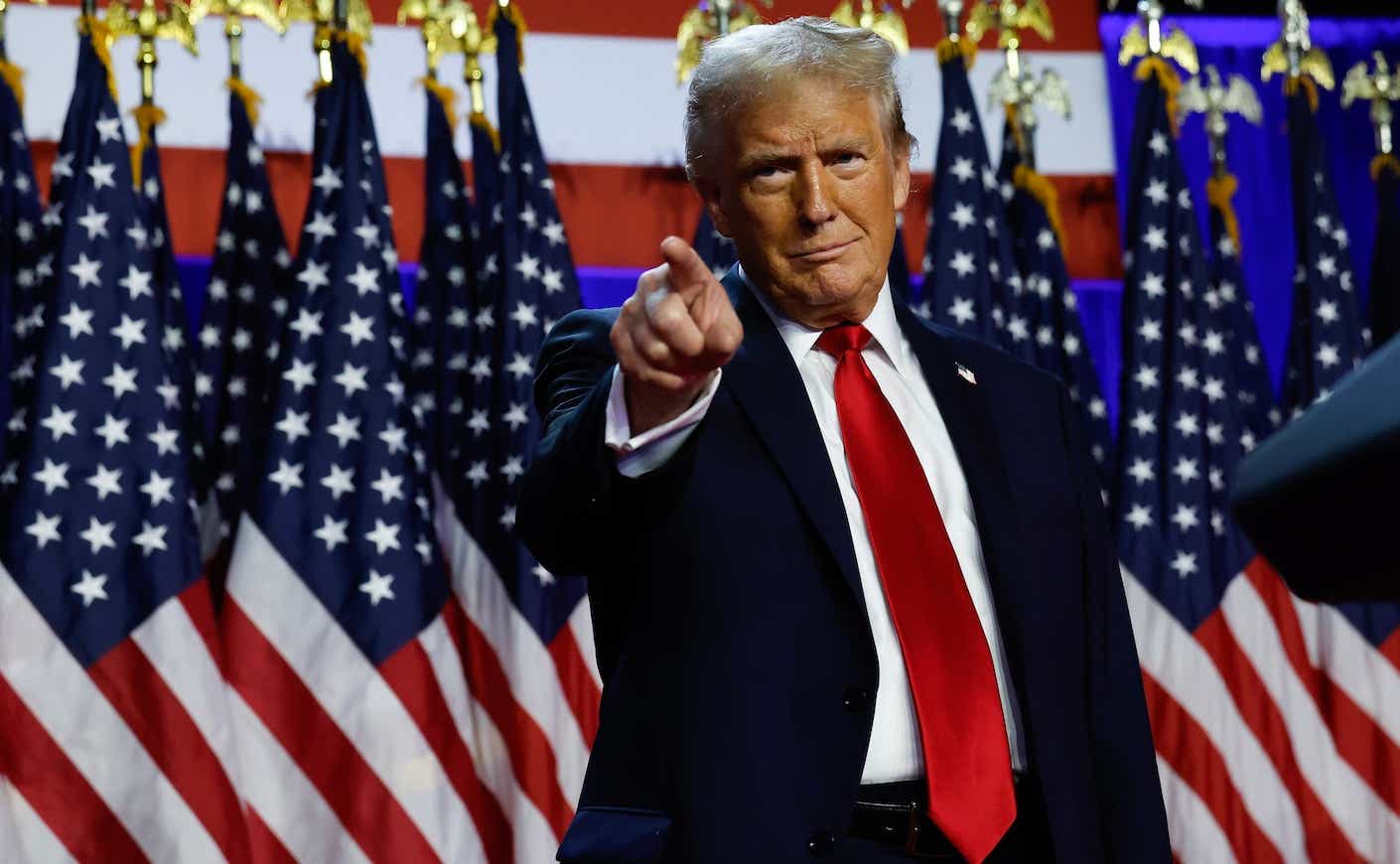As a political consultant, analyzing voter data and identifying voting patterns is both informative and revealing. But stepping back from the numbers, I’m struck by a larger dynamic that fueled Donald Trump’s triumphant return to 1600 Pennsylvania Avenue: His embrace of being a candidate, engaging with diverse media from podcasts to citizen journalists. In contrast, Kamala Harris and her team seemed to shy away from high-stakes interviews, leaving her looking cautious and reluctant. To voters, it seemed that if she couldn’t articulate a clear vision for America, she might not have one. While the numbers and voter turnout are telling, this and a few other moments are what I believe secured his spot in the White House.
Let’s look at his legal woes: Manhattan District Attorney Alvin Bragg’s actions unexpectedly bolstered Trump’s campaign. His April 2023 indictment of the former president — viewed by many as a politically motivated move — shaped public perception of all subsequent charges, including those from the Special Counsel and Georgia. By then, the novelty of a former president being booked and photographed had faded. Bragg’s initial indictment cast a lasting shadow of doubt over each new legal action, prompting many voters to simply shrug at yet another “unprecedented” moment in Trump’s political journey.
The New York indictments compelled Trump’s GOP rivals to rally around him and parrot his attacks on a judicial system he accused of playing politics and calling out the media for being enthusiastic promoters. The problem for Democrats was that many Americans viewed the New York City indictments as craven political gamesmanship leveled at their most detested political opponent. This was a win for Trump.
After the Republican primary in South Carolina, Trump emerged as the GOP nominee, positioning himself for a contest against President Joe Biden in what was expected to be the longest presidential campaign in history. Biden’s cognitive decline was real and it was evident to many that he lacked the stamina, oratory skill, and cognitive agility to engage effectively with the GOP nominee. Then, the campaign’s summer kicked off with a presidential debate, during which the veracity of Biden’s decline was on full cringy display — a political moment for the ages and arguably the most memorable and consequential debate since Reagan-Mondale in 1984. President Reagan’s skill in defusing concerns about his age during his debate with Mondale paved the way for a 49-state landslide victory; for Joe Biden, however, his debate with Trump had the opposite effect, reinforcing doubts among voters and effectively ending his re-election campaign.
But President Biden deprived Democrats of a primary contest for their nomination that incontestably would have sharpened the nominee’s message, battle-tested the team, and strengthened their candidacy through the primary process. Imagine if Democrats had a nominating process and Michigan Gov. Gretchen Whitmer emerged as the Democrat nominee after defeating California’s Gov. Gavin Newsom, Vice President Harris, and other presidential hopefuls; she would have been a much tougher beat than Harris. This marked yet another win for Trump.
Millimeters from being killed by an assassin in Butler, PA, Trump displayed resilience and confidence, further bolstering his tough guy image. Seconds after being hit, Trump remained calm and his fist pump to the crowd while chanting “fight, fight, fight” has become an iconic symbol of his unwavering dedication to the United States of America, despite personal risk.
Meanwhile, as critics screamed that Trump’s rhetoric was divisive, the attempt on his life swung the conversation. Accusations about “toxic political rhetoric” seemed hollow considering the violence he endured. You know what I’m going to say: A win for Trump.
In an age of TikToks and Instagram Reels, the Trump campaign’s embrace of a throwback medium was an unexpected strength: the return to long-form interviews. Though Trump eschewed the traditional media opportunities that Harris agreed to, such as facing serious questions on 60 Minutes, in the final months both Trump and Vance joined a number of podcasts aligned with their worldview, including traveling to Joe Rogan’s iconic Austin studio, sitting down with Louisiana-accent sporting comedian Theo Von, going in-studio with jokesters Akaash Singh & Andrew Schulz on Flagrant, and joining the party-boy pranksters the Nelk Boys.
In response, Harris made appearances on Saturday Night Live, the Call Her Daddy podcast, and at an Oprah Winfrey rally alongside Hollywood’s A-listers. While entertaining, these events lacked a genuine sense of shared economic hardship and offered little real insight into Harris as a person. Trump felt accessible and down-to-earth, while Harris emerged looking like a detached celebrity. Again, a win for Trump.
With the luxury of 20/20 hindsight, Trump’s return to the White House was less about policy and more about seizing moments that humanized him, defied media norms, and resonated with an America craving authenticity and resilience. Trump “speaks American” better than anyone ever and while most public figures experience fleeting fame, few have matched his decades of enduring relevance. The most pivotal win for Trump.
Brian Seitchik is a national political strategist with a background in campaign management and strategy, paid media, earned media, social media development, qualitative and quantitative research, constructing campaign teams, and fundraising. He has directed competitive political races in Arizona, California, Florida, Nevada, New York and Ohio.









